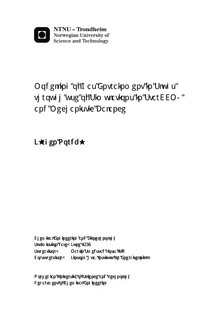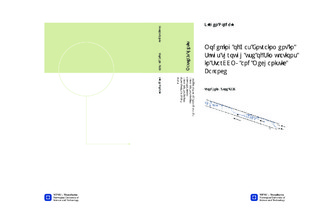| dc.description.abstract | Slug flow is a flow pattern existing at intermediate flow rates, or arising due to operating conditions or pipe topology.
Typical slug flow is recognized by large gas bubbles flowing over a liquid film separated by liquid slug bodies with entrained gas bubbles covering the whole pipe diameter.
The entrainment of gas requires an extra equation to be able to calculate the pressure drop of the flow.
A good prediction of slug flows is needed in order to optimize the equipment sizing and operate multiphase transport pipelines in a best possible way.
In this study, a two-dimensional, transient channel setup of gas entrainment was simulated using the CFD package Star-CCM+.
In order to enable the study of the entrainment of gas at the slug front, a moving reference frame with the propagation velocity of a Taylor bubble was applied.
The simulations showed that all the parameters studied in the study; pipe inclination, bubble propagation velocity and liquid film height and velocity all revealed changes in the gas entrainment.
The gas entrainment was found to be influenced by the turbulent kinetic energy in the liquid slug arising from the shear between the liquid slug and the liquid film.
Furthermore, a mechanistic balance for horizontal pipes was solved to enable the usage of models using the momentum exchange as a parameter when calculating the liquid holdup.
Two models considering the momentum exchange between the liquid film and the slug body were compared to other, more simple models.
The best prediction model was found to be the model based on a dimensionless momentum transfer rate.
Both the simulations and the solving of a mechanistic balance for experimental values indicated that the momentum transfer rate at the slug front has an effect on the void fraction and gas entrainment.
This effect may therefore be a good way to estimate the liquid holdup. | |

